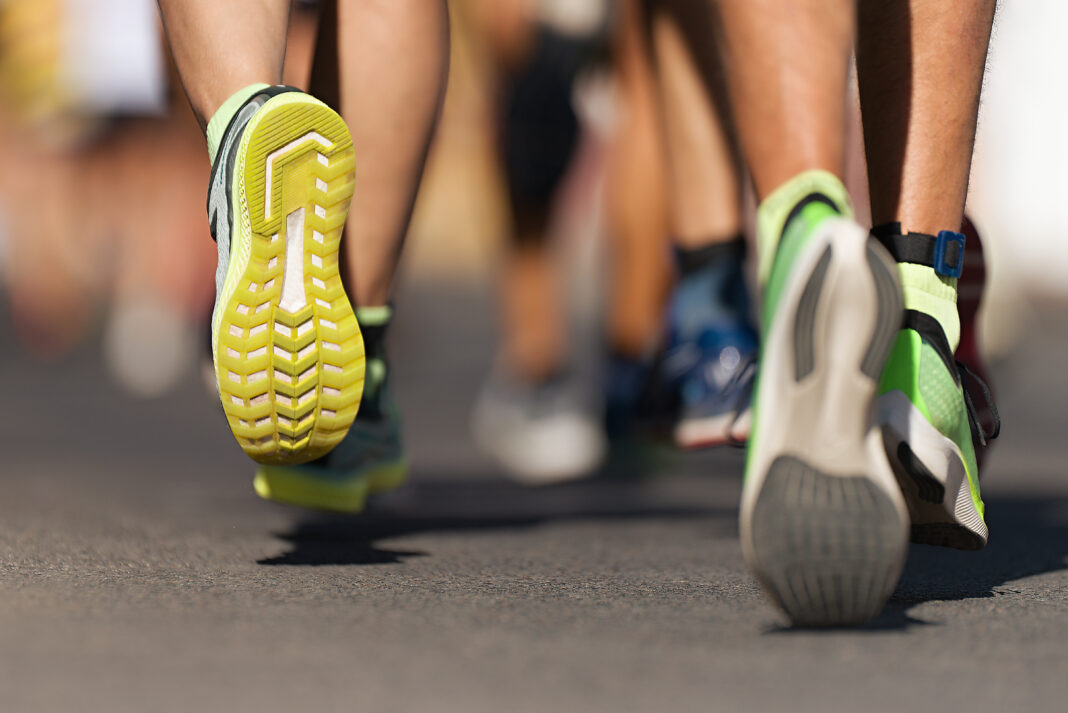Running economy (RE) is arguably the most important physiological measure for runners. Yes, you need a sky-high V0₂ max to win the Olympics 1500 metre race. But once you move into the longer distances, RE often proves more important. Also, it’s something that you can improve by years of consistent training, which isn’t necessarily the case for V0₂ max.
RE has been studied in hundreds of scientific papers and coaches are happy to dispense workouts and running-form changes that claim will improve your RE—a measure of how much oxygen you use at a given speed. When your RE improves, your oxygen consumption goes down.
A new systematic review by several well-known running experts, titled “The Relationship Between Running Biomechanics and Running Economy,” looked into 51 studies with a total of 1,115 runners.
Here’s a quick highlight of the findings:
- How/where your foot first contacts the ground—i.e., forefoot vs. rearfoot—had no effect on RE.
- Contact time, stride length, and various ankle/knee/hip angles also had no effect on RE.
- A smaller bounce (vertical oscillation) “showed significant moderate associations” with better RE.
- A higher leg stiffness also showed “significant moderate associations” with better RE. Leg stiffness is the quality of the legs that resists deformation or compression as the leg supports your body weight. A stiff leg is like a strong, tightly coiled spring rather than a weaker, less tightly coiled spring.
- A higher stride rate “showed a small significant association” with better RE.
- In general, running economy improves when you use as little muscle as possible and as much elastic recoil as possible. That’s because the muscles require oxygen, while the elastic elements like tendons and ligaments don’t. Every change in running form also changes the contributions from muscle and elastic recoil, and they usually move in the opposite direction.
The authors believe it may be possible to find running form changes that are additive in terms of improved RE. But we don’t know enough yet to suggest what these changes might be.
This article has been edited for length and reproduced with permission by Amby Burfoot – www.ambyburfoot.com/p/run-long-run-healthy
You may also like: Reach Your True Performance Potential

Read This Story in Our 2024 Running Issue
Featuring Canadian Olympic, National & North American Marathon Record holder Cameron Levins. Run your way around the world with some cool, quirky and unconventional races. Train for 10 km right up to a marathon – plus a 25 km trail run and 70.3 program. Strength workouts for runners, spice it up to improve your performance and so much more.

















